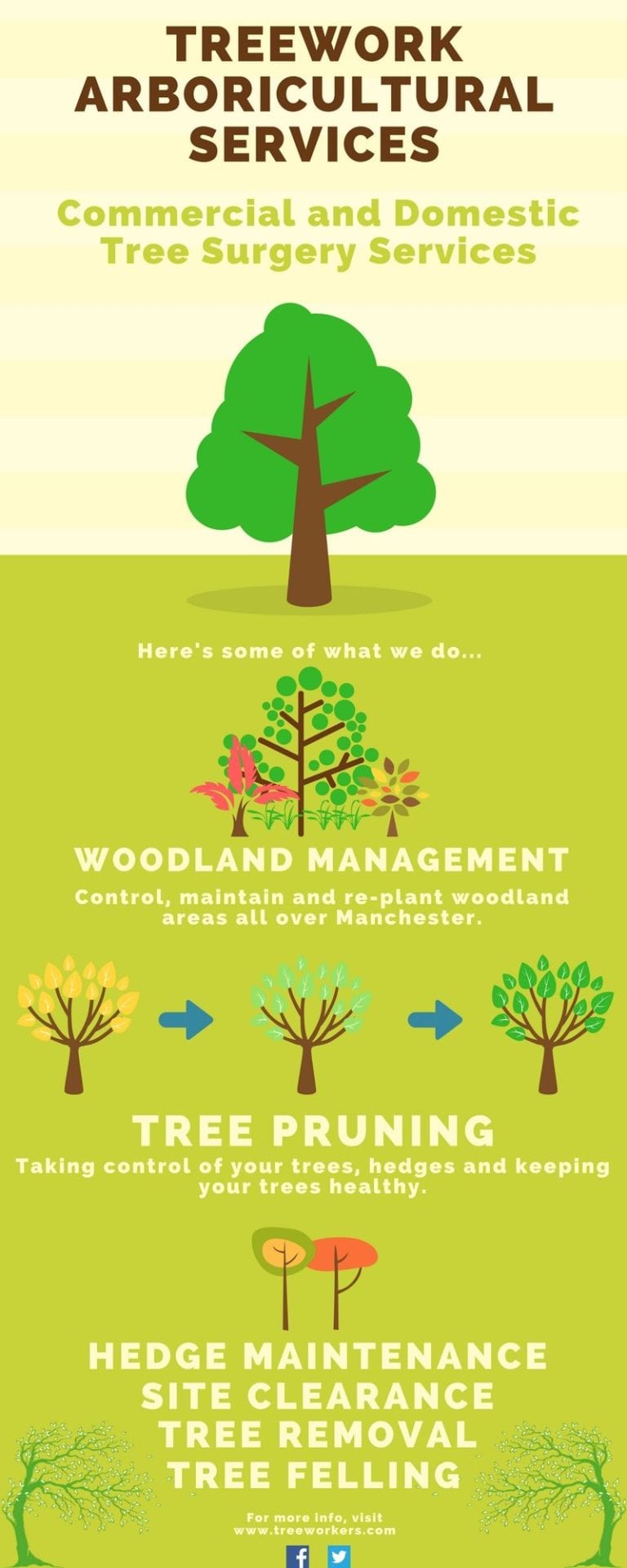Seasonal Tree Stewardship: Methods For Correctly Managing Trees Prior To And After They Are Taken Down
Seasonal Tree Stewardship: Methods For Correctly Managing Trees Prior To And After They Are Taken Down
Blog Article
Article Created By-
When it concerns seasonal tree care, guaranteeing correct management before and after elimination can considerably affect the wellness and visual appeals of your landscape. By recognizing the needed steps associated with examining tree wellness and preparing for removal, you can proactively protect your residential property. But what regarding the important techniques to adhere to once the tree is gone? Stay tuned to find the necessary post-removal treatment procedures that will assist you grow a thriving and sustainable environment for your trees.
Pre-Removal Tree Care
Before dealing with the removal of a tree, it's crucial to focus on pre-removal tree treatment. Beginning by examining the tree's health and structural honesty. Seek indicators of disease, pest invasions, or any kind of structural issues that may posture a safety and security threat throughout removal. It's necessary to seek advice from a certified arborist to establish the best strategy.
Trimming dead or infected branches can avoid further damage to the tree and guarantee a smoother elimination process.
In addition, take into consideration the ecological effect of removing the tree. Trees play a crucial function in our ecological community, so planting a brand-new tree in an appropriate place can help balance out any loss. Ensure that you have the necessary licenses and authorizations for tree removal, especially if the tree is protected by local laws.
Seasonal Upkeep Tips
Examining your tree's needs throughout the year is critical for its health and wellness and long life. To keep your trees in top problem, follow these seasonal maintenance ideas.
In springtime, concentrate on trimming to eliminate dead or broken branches and urge brand-new growth.
Summertime calls for normal watering, especially during droughts, to ensure your tree remains hydrated.
As autumn strategies, watch out for early signs of illness or stress, and think about using mulch to secure the origins throughout winter.
In wintertime, beware when removing snow from branches to avoid damage, and continue to monitor your tree's total health and wellness.
Bear in mind to adjust your treatment routine based on the certain needs of your tree species and local environment. By remaining attentive and aggressive throughout the seasons, you can assist your trees flourish and grow for several years to find.
Post-Removal Tree Care
To ensure the health of your landscape also after tree elimination, proper post-removal treatment is necessary. After a tree is removed, it's essential to fill the remaining opening with topsoil and portable it to prevent settling. This will help preserve the stability of the ground and stop potential hazards in the future.
Take into consideration planting brand-new plant life instead of the eliminated tree to restore the equilibrium and looks of your landscape. Regularly water the area to advertise the growth of brand-new plants and prevent soil erosion.
Inspect the surrounding trees for any kind of indicators of condition or stress and anxiety that may have been brought on by the gotten rid of tree. Keep an eye out for insects that may've been attracted to the previous tree and take safety nets to protect the remaining greenery.
If needed, consult with https://trentonhdxrn.csublogs.com/36956599/gain-insight-into-the-seasonal-aspects-that-contribute-in-tree-removal-decisions-and-prioritize-the-well-being-and-safety-and-security-of-your-trees to evaluate the effect of the removal on the surrounding trees and figure out any additional care needed. By following these post-removal treatment steps, you can guarantee the ongoing health and elegance of your landscape.
https://thepointsguy.com/news/what-foreign-travelers-need-to-know-about-entering-the-us/ , proactive seasonal tree treatment is essential for keeping the health and wellness and balance of your landscape. By examining tree wellness, pruning, and talking to an arborist prior to removal, you can make sure a risk-free procedure. After elimination, filling the hole, planting brand-new vegetation, and routine watering will promote new growth and avoid disintegration. Bear in mind to check surrounding trees for illness and seek further care measures from an arborist to maintain your landscape growing.
